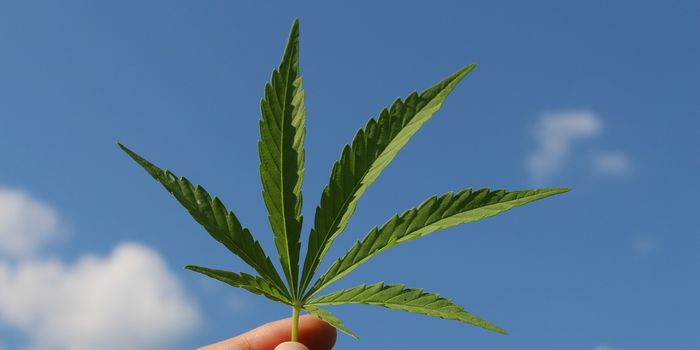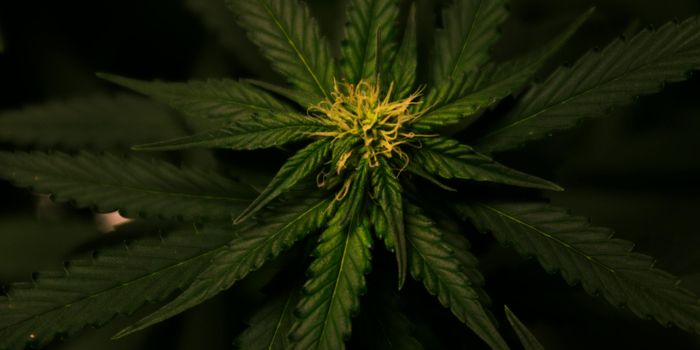It's amazing to think that the bulk of the world's food supply comes down to around seven species of insect: honeybees from the genus Apis.
I've seen some unusual honeybee behavior that I'll describe below in relation to a new report of 40 percent colony loss this year from last year.
The bee family includes some 20,000 varieties, some of which produce and store honey, but in terms of impact to our food chain, the seven honeybee species are directly or indirectly responsible for-by some estimates-50 to 80 percent of the world's food supply.

That's why so many scientists are focusing on colony collapse disorder, the phenomenon of honeybee population drop that's been observed since around 2006. There is still much we don't know about these mysterious insects, of course, and descriptions of disappearing bee populations dot the history of apiology. But the numbers have been noteworthy every year since the naming of colony collapse disorder in 2006.
This year's nationwide survey funded by the U.S. Department of Agriculture put the loss of colonies at 40 percent from April 2014 to April 2015. This is down from the 50 percent loss reported from 2012 to 2013, but still well above the normal rate of colony loss. In an average year around 20 percent of colonies do not survive the winter.
Jeffery Pettis, a senior entomologist at U.S. Department of Agriculture, was at least somewhat encouraged by the drop in winter losses: "The winter loss numbers are more hopeful especially combined with the fact that we have not seen much sign of Colony Collapse Disorder (CCD) for several years, but such high colony losses in the summer and year-round remain very troubling."
My own hive has been both blessed and troubled in the three years I've had the pleasure of sharing my backyard with these amazing creatures. The telltale sign of colony collapse is the almost complete absence of bees in the hive. With normal die-off at the end of their short but productive six-week lives, bees will be visible on the ground surrounding the hive. Robbed of their ability to fly, they crawl, seemingly trying to return to the hive in a noble gesture of dedication.
After surviving its first winter in my yard, the colony vanished the following spring. Opening the hive revealed a honeycomb ghost town: There was plenty of capped honey, but no bees to protect it. There were also three empty queen cells that, from their angled position, appeared to be emergency queen cells. The colony makes these if the queen dies in an attempt to restore colony health; without a queen there can be no brood laid and so, no new bees to maintain the colony. Because there were no dead bees to be found, this could fall under a loss due to Colony Collapse Disorder.
I would also classify this as a winter loss even though the hive technically survived the winter, notably including a record cold snap in late November that year. The colony never made the transition from wintering mode to heavy springtime production, and that's my rationale.
The vacated hive in my yard was left set up after the colony died. At some point in the summer, a new colony moved in. It looked like a new species, though I can't be certain of that. They were a little smaller and moved more quickly. The route they took from the hive was more varied and serpentine than the almost rule-straight route the first colony flew. They also flew a secondary path in the opposite direction as the main collection route, though probably only one in 30 bees took the lesser route.
The feral colony (I'm calling it feral because it arrived from nature rather than being cultivated or relocated to my hive from another source) also demonstrated more vigorous defense of the hive. When my beekeeping partners and I opened the hive we were expecting the same docile reception we received from the first colony. What we got instead were our first stings as these bees pursued us until we ran upwards of 30 feet from the hive. Each of the four of us was indoctrinated into beekeeping with our first stings.
This hive also survived the winter-and swarmed in early April. We celebrated this as testimony to the health of the hive: It had reproduced itself and half of it moved on. A natural beekeeper came to capture the swarm and relocate it to a farm in Sonoma County, California.
About two weeks after this swarm, which I witnessed and will post video of in the Labroots video section, bees again made a swarm-like tornado outside the hive. This one was slower moving and maybe 75 yards in diameter-about twice the diameter of the first swarm. I watched it for several minutes then was called away for about three minutes and by the time I returned, they were gone. I don't know whether they swarmed or returned to the hive, but there were still bees working the hive (I didn't open it to see how many).
If the original colony was extremely strong-which it did seem to be-this might have been a second swarm. It didn't look like the first swarm, though. If I had to guess, I would say it was more like a mass protest or an expression to leave the hive behind after the new colony was formed and left.
This was followed by a strange few weeks of behavior. At times the hive looked fine and I saw pollen being carried in. Most mornings I saw more instances of bees carry dead bee bodies out of the hive, lots of dead bees on the porch (maybe a hundred), and lots of dying bees crawling around on the ground on the magnitude of the big fall die-off, when the colony goes into its winter conservation mode. Perhaps those behaviors were remnants of the swarm, but since the remaining bees seem to have died, it could be another CCD occurrence.
This behavior-and really, all bee behavior-is best understood by viewing the entire colony as a super-organism with each of the up to 50,000 individual bees acting as cells that serve distinct functions. With more attention being paid to bees, and this new larger way of studying them, we will hopefully learn to help bee populations return to their levels in the years before mass chemical pesticide use, when, in 1947, there were more than 5.9 million hives in the U.S. Today there are about 2.4 million active hives.
Dennis van Engelsdorp, assistant professor of entomology at the University of Maryland and project director for the Bee Informed Partnership, said summer colony loss is a new phenomenon.
"We traditionally thought of winter losses as a more important indicator of health, because surviving the cold winter months is a crucial test for any bee colony," he said "But we now know that summer loss rates are significant too. This is especially so for commercial beekeepers, who are now losing more colonies in the summertime compared to the winter. Years ago, this was unheard of."
Please check the Labroots video section later today for footage of the feral colony swarming from the hive it populated for a year in my backyard.
Follow Will Hector on Twitter: @WriterWithHeart
(Sources: Welch Government Assembly, cymru.gov.uk; Bee Informed Partnership; Science Daily)









